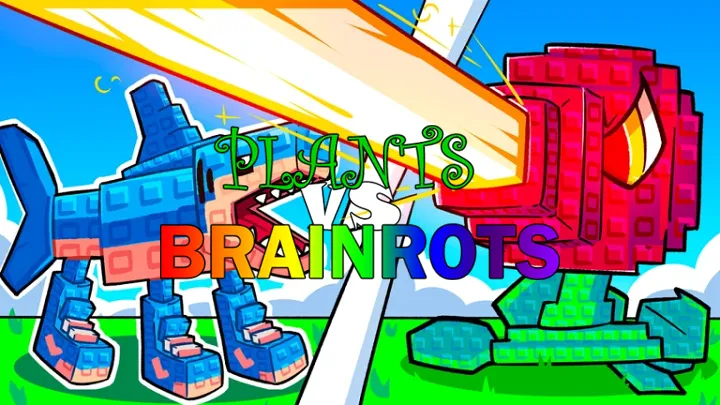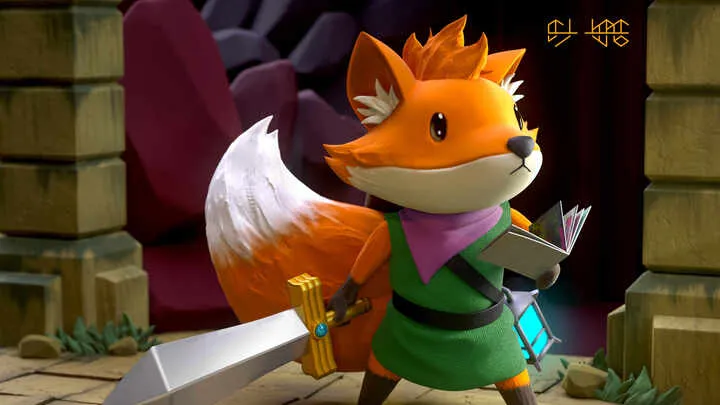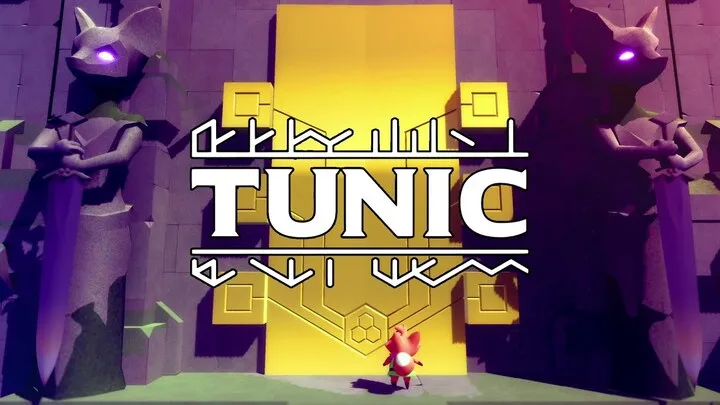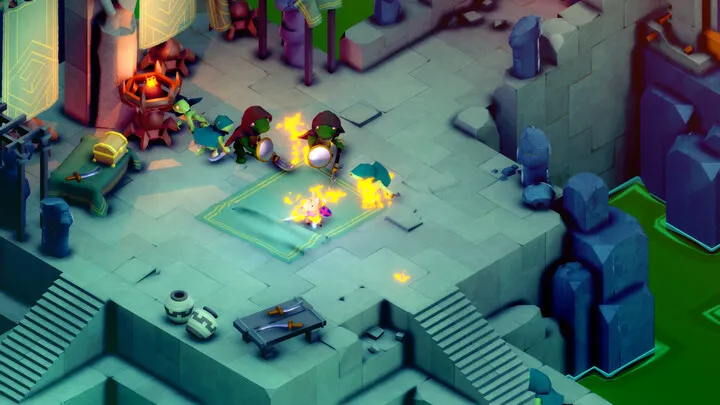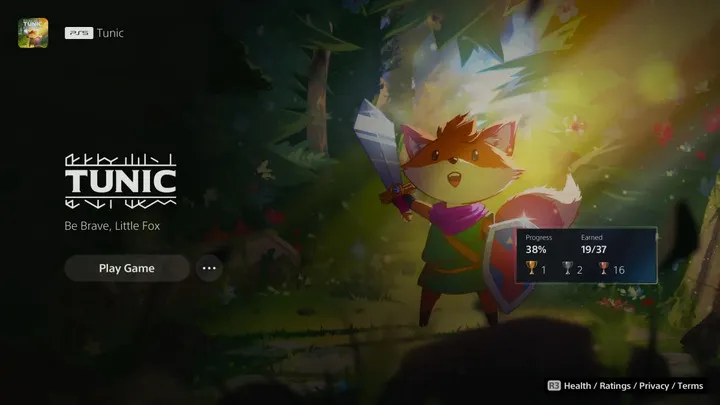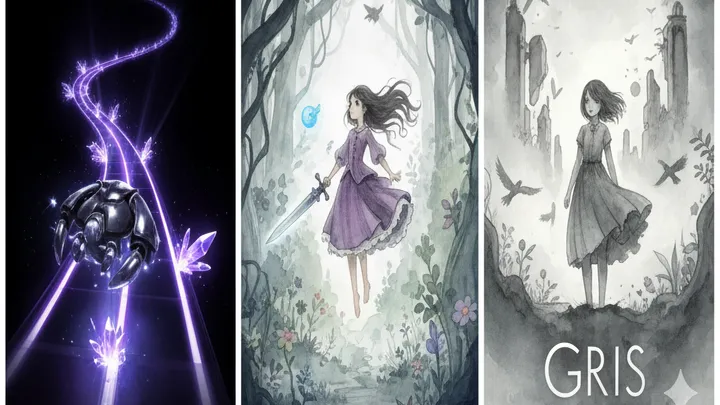When players step into TUNIC, one of the first things they notice is not just the charming fox protagonist or the cryptic glyphs but the unusual vantage point from which they explore the world. The isometric perspective, often overlooked as a purely aesthetic choice, is in fact one of the most integral aspects of TUNIC’s design. Unlike many modern games that embrace free camera controls, TUNIC restricts the player to a fixed isometric viewpoint, creating a very deliberate sense of mystery, wonder, and disorientation. This choice is not accidental—it is a fundamental design philosophy that shapes exploration, puzzle-solving, and narrative engagement.
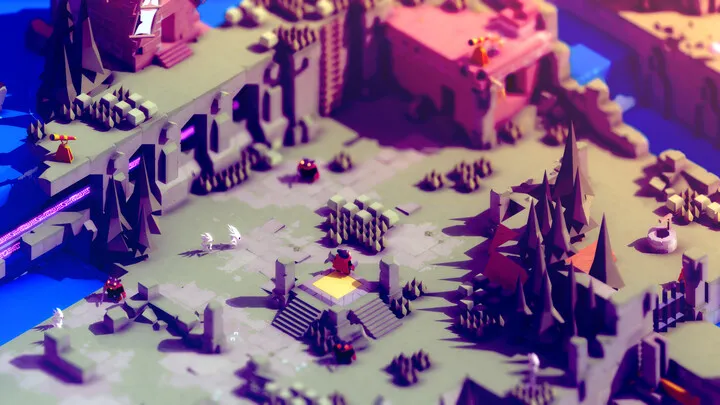
The isometric perspective does more than simply frame the game; it alters how the world is perceived, transforming spatial awareness into a puzzle in itself. Every hidden path, every environmental trick, and every moment of discovery in TUNIC is intertwined with this perspective. To truly understand the game’s brilliance, one must unpack how isometric design dictates not only the gameplay but also the player’s relationship with the world.
The Origins of Isometric Perspective in Games
The use of isometric perspective has deep roots in video game history, dating back to classics like Knight Lore (1984), Landstalker (1992), and more prominently, Diablo (1996). The perspective became a way to convey 3D-like environments in an era where true 3D rendering was not possible. While many of those early games used isometric design out of technical necessity, TUNIC employs it as a creative choice in the modern era, where fully rotatable 3D environments are standard.
By choosing isometric design, TUNIC embraces both nostalgia and constraint. It draws players into a familiar frame reminiscent of older action-adventure games, while simultaneously weaponizing the limitations of perspective to create a sense of hiddenness. Unlike older isometric games, however, TUNIC uses the angle not merely for presentation but as a deliberate gameplay mechanic, embedding secrets in plain sight yet just out of view.
How TUNIC Uses Isometric Angles to Obscure and Reveal
One of the most striking aspects of TUNIC is how the fixed camera hides information. Unlike games with player-controlled cameras, TUNIC carefully selects what the player can and cannot see at any given time. Walls, trees, and cliff edges are strategically placed to conceal doorways or passageways.
Concealment as a Puzzle
What would normally be considered frustrating—obscured visibility—becomes a central mechanic. Players learn to test boundaries, walk behind objects, and trust that the unseen might hold secrets. The act of discovery is no longer about what’s directly in front of you, but about imagining what the camera angle intentionally hides.
Revelation and Surprise
These hidden pathways often lead to shortcuts, treasures, or even entire areas that are integral to progression. The joy of stumbling upon these secrets is heightened precisely because they feel unintentional—like you’ve outsmarted the game. Yet, every concealment and reveal is carefully designed, turning isometric perspective into a narrative of curiosity and reward.
Layered World Design: Depth Through Flatness
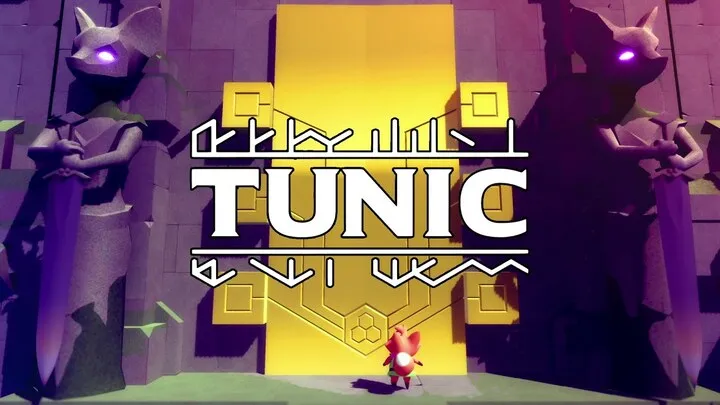
Despite being a 3D game, TUNIC’s isometric layout gives the illusion of flatness while simultaneously encouraging depth. The vertical layering of the world means that players often move through overlapping spaces, sometimes without realizing how close they are to previously visited areas.
Overlapping Geography
Stairs hidden behind foreground elements can lead to entirely new perspectives on areas the player thought they understood. For example, what seemed like an inaccessible ledge may actually be approachable from a cleverly hidden side path.
Spatial Memory
This layering forces players to build a mental map, not just of locations but of unseen possibilities. Unlike games where a map is fully reliable, TUNIC makes spatial awareness itself a challenge. The player must constantly ask: “What might be hidden just out of sight?”
The Psychology of the Fixed Viewpoint
Restricting the player’s vision to a single isometric perspective has profound psychological effects. It creates a sense of limited control, forcing players to rely on intuition and experimentation rather than simply rotating a camera to search for answers.
Mystery Through Limitations
By not giving players full control, TUNIC cultivates mystery. Every corner of the map feels suspicious, every environment charged with potential secrets. The fixed perspective itself becomes part of the narrative—the game feels like it’s withholding information, mirroring the cryptic language of the in-game manual.
Curiosity as a Driving Force
Humans are naturally curious when faced with incomplete information. TUNIC leverages this psychological tendency, ensuring that the player’s motivation is not just to advance but to uncover what has been hidden from view.
Isometric Design and Environmental Storytelling
While TUNIC lacks extensive dialogue, it tells much of its story through its environments. The isometric perspective emphasizes this form of storytelling, encouraging players to read the world like a text.
Silent Storytelling
Monuments, ruined structures, and shrines often appear partially obscured, forcing the player to piece together meaning by exploring vantage points. The fixed camera angle makes each discovery feel intentional, like turning the page of a hidden manuscript.
The Manual Connection
This design mirrors the unreadable in-game manual, which provides fragmented clues. Just as the glyphs suggest meaning without translation, the environment suggests narrative without explicit explanation.
The Relationship Between Combat and Perspective
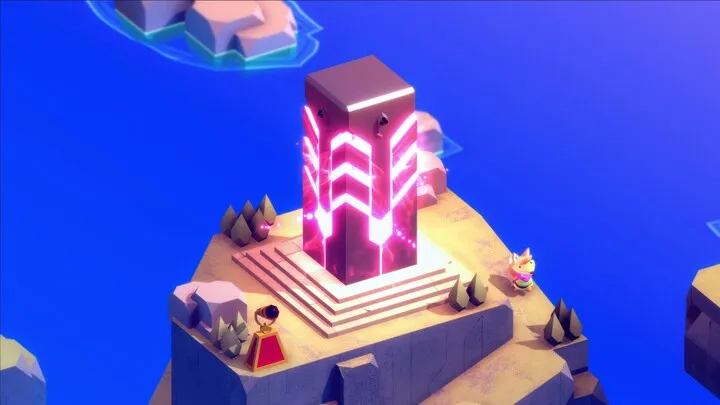
Combat in TUNIC is also deeply influenced by its perspective. The isometric angle introduces unique tactical considerations, such as depth perception and spatial positioning.
Depth and Distance
Attacks and dodges must be judged within a perspective that sometimes flattens distances, making timing and spacing more challenging. This subtle difficulty reinforces the Soulslike inspiration in TUNIC’s combat.
Environmental Combat Puzzles
Fights often occur in areas where obstacles partially obscure enemies, forcing players to move strategically. Thus, combat is not just about reflexes but about adapting to what the perspective reveals or conceals.
Hidden Pathways as Core Identity
At its heart, TUNIC is a game about exploration and secrets. The isometric perspective transforms hidden pathways into a thematic cornerstone, rather than a side feature.
- Some passages are tucked behind walls.
- Others require trust in “walking off the map” into unseen territory.
- Many secrets are invisible until stumbled upon, creating genuine moments of surprise.
Without the isometric viewpoint, these discoveries would lose their impact. The perspective itself is what makes them meaningful.
Symbolism of the Isometric Perspective
Beyond mechanics, the isometric view carries symbolic weight. It positions the player as an outsider looking into a world they don’t fully understand, echoing the protagonist’s journey.
The Distant Observer
The fixed camera creates distance, mirroring the emotional gap between the player and the game’s mysterious lore. The world feels knowable but never entirely within reach.
A Layered Reality
The inability to see everything at once suggests that truth in TUNIC is always layered, always hidden behind something else. Just as the manual cannot be fully read, the world cannot be fully seen.
Comparisons to Other Games Using Isometric Design
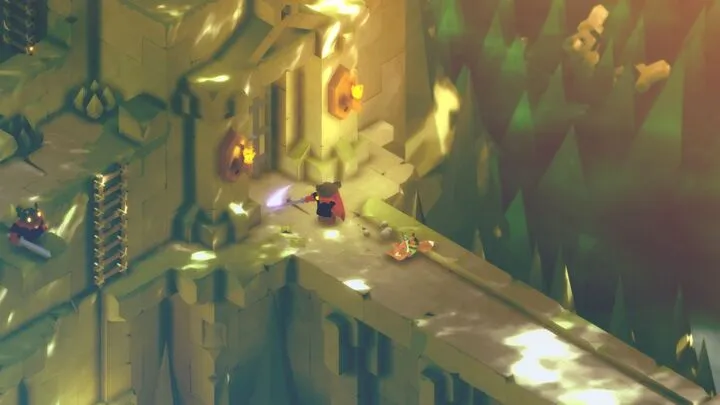
While TUNIC is unique, its use of isometric design shares DNA with other titles. Comparing helps highlight what makes it special.
- Fez: Similar in its use of perspective tricks, though Fez allows rotation while TUNIC restricts it.
- Diablo: Shares the perspective but focuses on action over exploration.
- Hyper Light Drifter: Echoes TUNIC’s emphasis on mystery, though from a top-down rather than isometric angle.
By refusing camera rotation, TUNIC embraces its limitations, making perspective itself a mechanic rather than a tool.
Conclusion: Perspective as Philosophy
In TUNIC, the isometric perspective is far more than a stylistic choice. It is the foundation of the game’s design philosophy. From exploration to combat, from environmental storytelling to emotional symbolism, every part of the game is filtered through this fixed viewpoint. The perspective limits what the player can see, but in doing so, it expands how they think, making curiosity, discovery, and interpretation the core of the experience.
In a medium often obsessed with freedom and control, TUNIC demonstrates that sometimes the most powerful design choice is to limit what the player perceives. By fixing the camera, the developers gave themselves—and the players—a way to hide infinite mysteries within a seemingly finite world.
